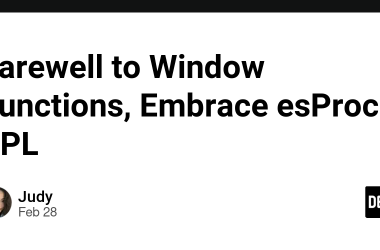iOS 26 Beta 2: What’s New for Developers
Apple has released the second developer beta of iOS 26 (build 23A5276f), bringing significant refinements to the ambitious Liquid Glass design system and introducing key developer-focused improvements. Here’s what developers need to know about the latest changes.
Liquid Glass Design Refinements
Enhanced Control Center Readability
The most notable improvement in beta 2 addresses one of the primary concerns with the initial Liquid Glass implementation. Apple has strengthened the background blur for Control Center elements, making them significantly more readable against underlying home screen content.
Accessibility Improvements
The Reduce Transparency option under Accessibility settings now provides even more dramatic reduction of Liquid Glass transparency effects, giving developers and users better control over interface visibility for accessibility needs.
App Store Developer Requirements
New Accessibility Section
A significant change for app developers: the App Store now includes an Accessibility section on product pages. Developers will be required to provide detailed information about the accessibility features their apps support for this section to be populated. This represents Apple’s continued push toward improving app accessibility across the platform.
Safari Developer Changes
UI Element Repositioning
Apple has reverted the new tab button location in Safari’s tab management view. The “+” button has moved back to the bottom left position (as in iOS 18) from the upper left position introduced in beta 1. The compact tab bar now also includes both back and forward navigation buttons to the left of the address bar.
Menu Organization
Safari’s More Menu (…) has been reorganized with a different sort order and updated icons, though functionality remains the same.
Framework and API Updates
Foundation Models Framework
iOS 26 beta 2 continues to refine the Foundation Models framework, which allows developers to integrate Apple Intelligence capabilities directly into third-party apps. This framework provides access to the on-device ~3 billion parameter language model for text extraction, summarization, and other AI-powered features while maintaining user privacy since all processing happens locally. The framework supports Swift with guided generation capabilities and can be accessed with as few as three lines of code.
App Intents Framework Enhancements
The App Intents framework receives continued improvements, enabling deeper integration of app actions and content with system experiences including Siri, Spotlight, widgets, and controls.
Game Center and Gaming
The new Games app provides a central hub for game discovery and social gaming features. Developers can leverage new Challenges functionality that transforms single-player games into social experiences based on Game Center leaderboards.
Declared Age Range API
A new privacy-preserving API allows parents to share age range information with apps, enabling developers to create age-appropriate experiences while maintaining user privacy.
Core App Changes for Developers
Phone App Improvements
The “Transcribe Calls” feature has been renamed to “Save Call Transcripts” with clearer messaging that call participants will be notified when transcription is active. This change provides better transparency for privacy-conscious users.
Wallet Integration
Full support for the order tracking feature announced at WWDC is now available. The Wallet app can now have Siri scan the Mail app to find orders and merchant emails, even for purchases not made with Apple Pay.
Messages Framework
Enhanced message screening capabilities for unknown senders provide developers building communication apps with new patterns to follow for user safety and spam prevention.
Performance and Stability
Build Quality Improvements
Beta 2 shows noticeable improvements in performance and stability compared to the initial release. Apple has made significant progress addressing the fundamental stability issues that typically plague first developer betas.
Visual Polish
Multiple interface refinements include darker tones in Control Center, stronger blur effects, and various layout optimizations throughout the system.
Minor Developer-Relevant Changes
Notification System
Messages from unknown senders now display blue notification badges instead of red badges, providing a visual distinction between different alert types.
CarPlay Updates
CarPlay widgets now display in two columns instead of three, and Maps includes enhanced route details with street names visible on the route line.
Recovery Assistant
A new Recovery Assistant feature has been added to help users diagnose and fix boot issues, similar to Mac Recovery Mode.
Testing Recommendations
While beta 2 represents a significant improvement in stability over the initial release, Apple still recommends that developers use secondary devices for testing rather than primary development machines. The enhanced stability makes this beta more suitable for real-world testing scenarios.
Looking Ahead
The public beta is expected to launch in July, likely after one or two additional developer beta releases. The final iOS 26 release is anticipated this fall, traditionally launching alongside new iPhone hardware in September.
Developer Resources
Developers can access iOS 26 beta 2 through:
- Apple Developer website (developer.apple.com)
- Settings > General > Software Update > Beta Updates on enrolled devices
- Xcode 26 beta for development and testing
The build number for iOS 26 beta 2 is 23A5276f, and it’s compatible with iPhone 11 and later models.






